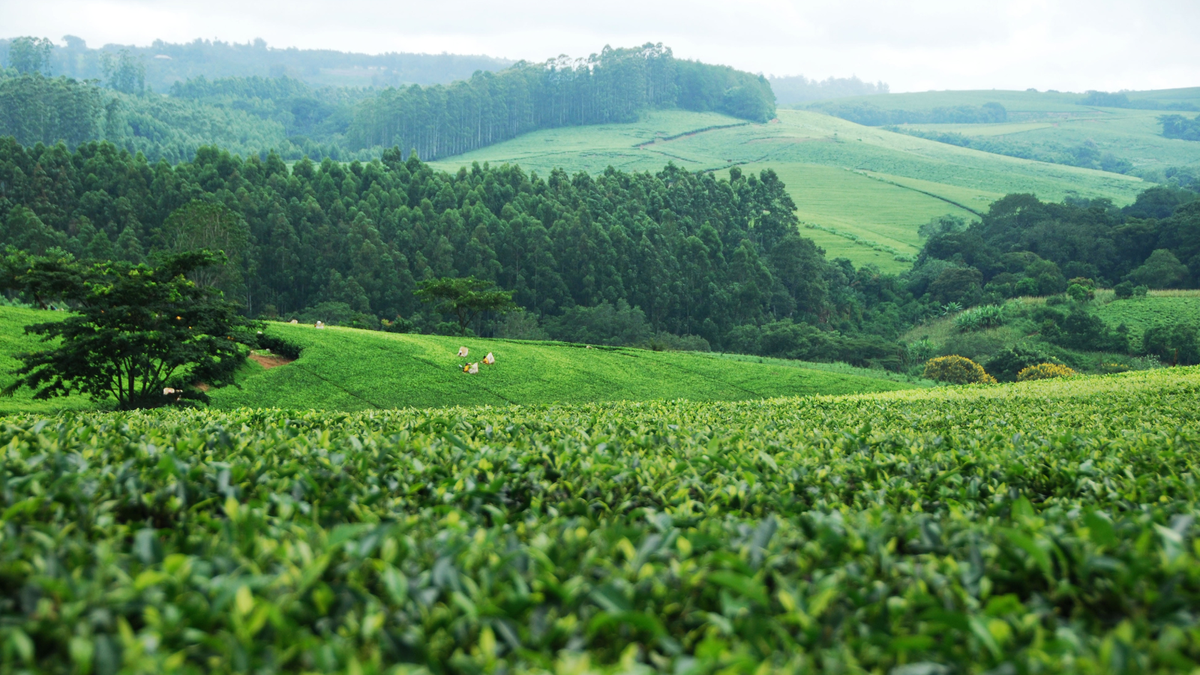The Climate Collateral Alliance (CCA) is tackling one of the most challenging barriers in climate finance: unlocking credit for smallholder farmers and agricultural MSMEs in Sub-Saharan Africa. While traditional investment instruments often fall short of meeting the urgency and risk appetite needed for climate adaptation, CCA offers a catalytic alternative: pairing credit risk mitigation with technical assistance to support the shift to regenerative agriculture. With early pilots in Rwanda and Malawi showing promising results and strategic support from the Catalytic Climate Finance Facility (CC Facility), the initiative is poised to scale its impact across the region. In this interview, Mauricio Rincon, Managing Director of Capital Solutions at Opportunity International, shares insights on the challenges, progress, and next steps for the initiative.
What challenges have you faced?
True catalytic funding is scarce relative to traditional investment instruments (debt and equity). While many investors agree with our investment thesis and rationale, the standard investment process and frameworks do not necessarily meet the urgency under which we operate, given that we get real-time feedback from our clients in the field. Lastly, the economic and political environment over the past year or so has not been constructive for investment risks in emerging markets.
What is the solution?
The Climate Collateral Alliance, a catalytic investment vehicle providing credit risk mitigation for loans to farmers and agriculture MSMEs transitioning to regenerative agriculture in five sub-Saharan African countries. Extensive adoption and support for regenerative agriculture is a pillar of climate adaptation efforts in the global food systems as it builds long-term resilience at the farm level. The credit risk support is paired with Opportunity’s Agriculture Finance technical assistance program, creating a strong incentive for financial institutions to significantly increase the capital they allocate to smallholder financing and reach the vulnerable population that would be unbanked otherwise.
How did funding from the CC Facility support the development of the solution?
The funding from the CC Facility has played a key supporting role in our efforts. As a leading voice and hub for global activity and capital in the climate space, the CC Facility has enriched our financial and technical expertise, serving as a sounding board at various stages of the design process. In addition, CC Facility funded the development of our strategy for women's inclusion, a cornerstone of our activities. Lastly, CC Facility added tremendous value around the peers' landscaping benchmarking and overall market intelligence pre-launch.
What is the impact so far?
Under the CCA, we were able to launch demo pilots of regenerative agriculture in Rwanda and Malawi, allowing us to test and refine our assumptions on the economics of the transition to regenerative agriculture. So far, results have been beyond promising, as we have reached farm-yield improvements even from the first harvest season. Thousands of rural households and a subset of our financial institutions partners are already witnessing the economic and social merits of supporting climate adaptation efforts in the rural communities we serve.
What’s next?
Scale. We believe our intervention model of combining inclusive, tailored technical assistance with training and catalytic funding holds the key to a systemic change in the market dynamics, preventing smallholder farmers from accessing capital at the scale, time, and terms appropriate for their economic activity. We will continue adding operating and funding partners to our activities and expect to add at least two additional countries in the near future, furthering our mission of empowering people living in poverty to transform their lives, their children's futures, and their communities.
